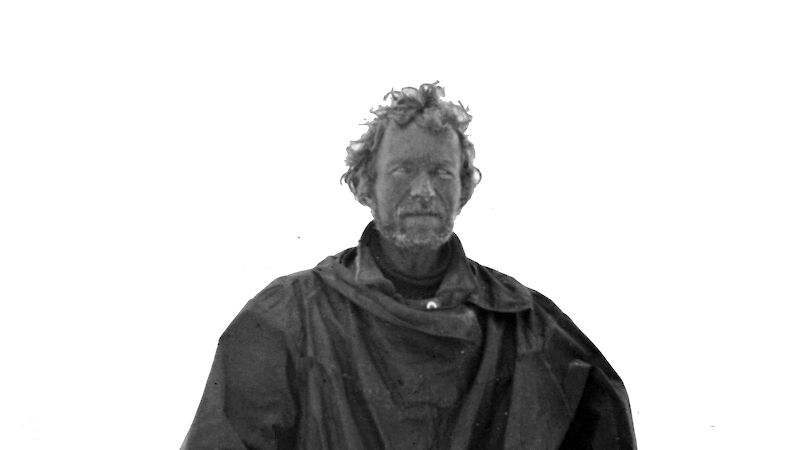In 1842, a Tasmanian scientific journal was the first to promote the idea of an Australian-led Antarctic research initiative. However, the call was not taken up until after the highly successful Challenger expedition was concluded in 1876 and the studies of the International Polar Year completed in 1883. Australian scientific societies were keen to develop research into Antarctica’s geological, meteorological and magnetic phenomena.
In 1886, the Australian Antarctic Exploration Committee was established by the Royal Society of Victoria. Its aim was to investigate the establishment of research stations, and the use of steam powered ships to penetrate areas inaccessible to sailing vessels. However, proposals put forward by the committee to mount a purely scientific expedition did not bring immediate results.
First recorded landing on the continent 1895
A renewed interest in whaling towards the end of the century prompted a Norwegian expedition to explore Antarctic waters south of Australia for new whaling grounds. The Norwegian manager of the 1895 whaling expedition, Henrik Bull, of Melbourne, recruited a Norwegian scientist, Carsten Borchgrevink, who had been working in Australia as a teacher. On landing at Cape Adare, Borchgrevink collected rocks and lichens during his brief time on the Antarctic continent. Despite being considered an amateur scientist, Borchgrevink’s report to the 6th International Geographical Congress 1895 in London, as well as his lectures and journal articles, renewed interest in the promise of Antarctic scientific exploration.
First planned wintering party 1898–99: Australian expeditioners
Borchgrevink proposed a return visit to the Antarctic with a scientific party that would, for the first time, stay for a winter on the continent. The expedition was mounted in England. It sailed from Hobart aboard the Southern Cross in November 1898, with 7 research staff.
The first Australian to land on the Antarctic continent was the young Tasmanian physicist, Louis Bernacchi. He concluded that although there were poor prospects for commercial advantage, ‘Antarctic exploration is of capital importance to science’. This expedition became the first party to spend a winter on the Antarctic continent.
Robert Falcon Scott 1901–04: Australian involvement
At the turn of the century, a series of research expeditions were mounted by several countries. Australia took particular interest in Scott’s 1901–1904 Discovery expedition, offering financial support and port facilities. Tasmanian scientist Bernacchi returned to the Antarctic, serving as Scott's physicist.
Shackleton 1907–09: Australian involvement
Australia played a major role in the success of Shackleton’s 1907–09 Nimrod expedition. The Australian Government donated 5,000 pounds (sterling) to the expedition.
Australian-born and Australian-based contributors to Shackleton’s expedition include chief scientific officer T.W. Edgeworth David, meteorological observers Leo Cotton and Bertram Armytage, and geologist Douglas Mawson. Captain John King Davis, master of the expedition's vessel, would later go on to play a major part in Australia's exploration of Antarctica.
British Graham Land Expedition 1934–37: Australian involvement
Scientific knowledge of Antarctica was further advanced when Australian John Rymill led the 1934–37 British Graham Land Expedition, discovering that land between the Bellingshausen Sea and the Weddell Sea was a peninsula — not a series of islands as previously thought.
Australian-led expeditions
Australian involvement in early Antarctic expeditions laid the foundations for an Australian-led Antarctic expedition. Inspired by Antarctic pioneers, Douglas Mawson set about to establish a scientific expedition, the 1911–14 Australasian Antarctic Expedition (AAE). Following on from the expedition’s success, Mawson endeavoured to continue scientific discovery during the 1929–31 British Australian New Zealand Research Expedition (BANZARE).

